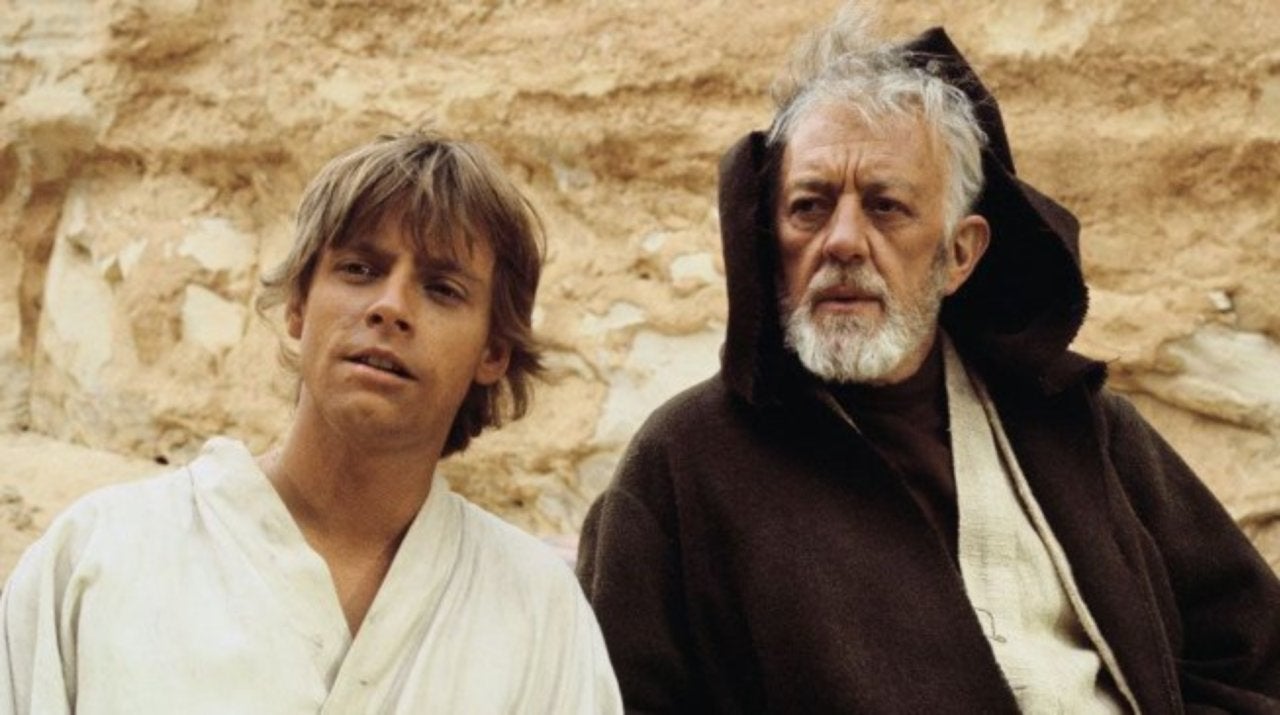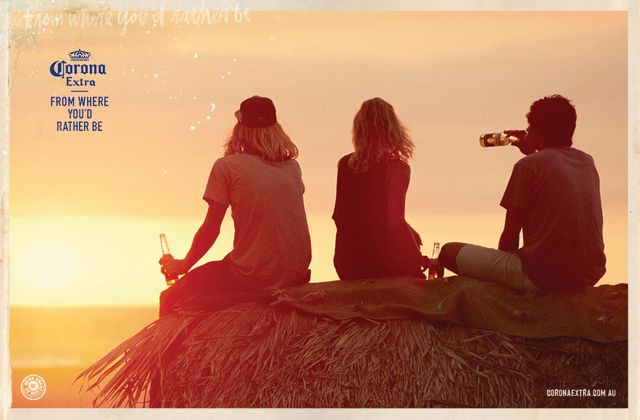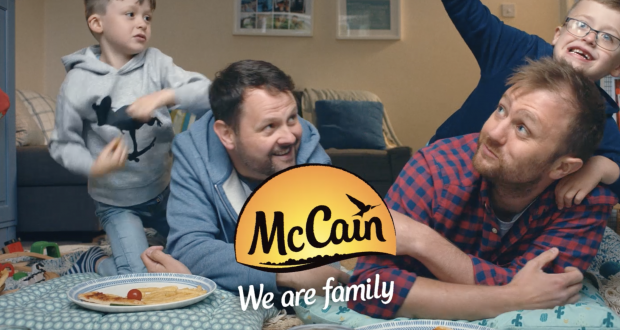Since Homo Sapiens gathered around fires with tales of successful hunts, storytelling has been the driving force behind human culture and creativity. It’s evolutionarily entangled into our DNA to enjoy legends, fairy tales and creation myths as a way to better understand what it means to be alive. So some pretty strong stuff!
It’s no surprise then that many companies have used this primordial pull to entice people to their product, weaving stories to market themselves and give their audience an emotional connection to the brand. Whether that be Nescafe essentially creating a soap opera of two neighbours falling in love over their Gold blend, or Manchester United saving the world from an alien onslaught through battles on the soccer pitch, storytelling is undoubtedly a powerful tool that can work for any business.
How do you tell a good story though? As the gruesome saying goes, ‘there are many ways to skin a cat’, but to add my own equally gruesome thought, they all have the same skeleton. What do I mean by this? Well, if you follow the teachings of Joseph Campbell and his theory of the Monomyth, you’ll know where I’m coming from.
For the uninitiated, Campbell outlined what he argued is the common template of nearly every myth ever created, regardless of origin. After refining the idea over several books (starting with, The Hero with a Thousand Faces in 1949) Campbell established the narrative pattern, The Hero’s Journey. Ever since, this guide has been used by writers across all mediums, most famously being a massive influence on the structure for Star Wars. Since Disney has made sure we’re all very familiar with that tale, let’s use Luke’s journey as our own framework of how we can utilize and tell stories.

In his original book, Campbell outlines 17 different points all stories hit, but as I’ve got a limited amount of your attention, I’ll only focus on 3.
- THE CALL TO ADVENTURE!
All journeys have a beginning, and in the beginning our hero is usually stuck in a world of banality and security. Luke’s life on Tatooine is dull (I mean his de facto parents farm moisture for peats sake), so when he accidentally triggers R2-D2’s holographic message from some distant princess, it’s the first narrative thread that unravels the whole cosmic story.
Now for marketing translation: your client’s world pre your product/service is Tatooine. It’s safe, known and uninteresting, but they may be happy there. Ignorance is bliss as Johnny Ramone likes to remind us, so we need to offer them a call to action, a chance to adventure in new terrain. More often than not, it’s the advertisement itself that is the call to action. Be it a TV ad portraying how much better and more smile-soaked life is when you drink coke, or a billboard simply questioning if you’ve “got milk?” You’re asking the potential client to reconsider some aspect of their lives.
If the goal is to create a story around your product rather than straight selling, then the main character (effectively a client avatar) needs to exist in a world they’d be happy to escape. For example, the unnamed character in this HomePod ad by legendary director, Spike Jonze, starts in a world of grey crowds and silence. Not a smile to be found until the HomePod plays music, unlocking our protagonist’s ability to transform her surroundings!
From here, the call can be refused or answered. Luke initially refuses to join the rebels with Obi-Wan until pushed by the death of his aunt and uncle, unlike the HomePod character who immediately embraces her new reality. Once committed though, they’ll need guidance and aid to prepare for the trials ahead.
- SUPERNATURAL AID/CROSSING THE THRESHOLD
It’s at this point in a story that the tools currently available to the character aren’t enough. Yes, Luke could bullseye womp rats, but that doesn’t mean he could defeat the emperor! He needs a mentor – in mythology often supernatural – to offer up the skills required. Enter Obi-Wan, speaking of some ancient religion and mystical power called the Force.
This is the role you as a company play, the giver of wisdom or the platform that initiates change allowing the hero (client) to cross the threshold from the known into the unknown. To quote Campbell:
“The adventure is always and everywhere a passage beyond the veil of the known into the unknown; the powers that watch at the boundary are dangerous; to deal with them is risky; yet for anyone with competence and courage the danger fades”
As a business, the client should gain that competence and courage from you. Either directly, or through a character that embodies your company, you need to show Luke the way the of the force!

It doesn’t need to be such cosmic levels of course. Perhaps you’re a solar panel company and are creating a campaign where you interview happy clients to persuade those still relying on conventional sources. Even in that example, you as the company are the facilitator of this new life with cheaper bills and guilt free power, the ticket to crossing the threshold.
- THE ULTIMATE BOON/MASTER OF TWO WORLDS
We’re jumping many steps now to get to what is the achievement of the goal, the finding of the holy grail or the destruction of the Galactic Empire. All the trials and tribulations have led to this, and in many myths, it is a transcendent experience that leads to a life devoid of fear and doubt. When Luke watches his father throw the Emperor down that reactor shaft, so too is he seeing all the barriers of his life perish as well. He emerges from the whole experience a fully-fledged jedi, and master of the previously unknown world.
Most print advertising starts here, encapsulating that moment of glory and realization in a single frame. This could be a person laying in a hammock on a beach while sipping a cold corona, or happy family bonding over previously frozen chips, it’s an ending that only your company can provide and is the manifestation of your client’s fantasies.


However, if you’re wanting to tell a more detailed and complex story, this cannot easily be achieved. Conflict births tension and drama so don’t be afraid to put as many roadblocks in your character’s way as possible! Think of how many trials Odysseus faces before returning to Ithaca at the end of the Odyssey. I’ll save you some reading, it’s a lot! In the end though, they must reach this ultimate boon, or to tie up previous examples, the Gold Blend couple must finally get together, the aliens sent packing by Manchester United, and the Homepod girl rests on her regular couch smiling with her Apple device quietly recording every moment!
In the end, whether homo sapiens staring into the flames or millennials staring into screens, stories have been constantly proven to generate empathy and help us learn. Nothing can stir up emotions quite like a well told story, and nearly all purchases are decided by buyer’s emotions, so it’s easy to see why brands often utilize narratives to promote themselves.
Which leaves me with this one question for you dear reader, what’s the story of your company?